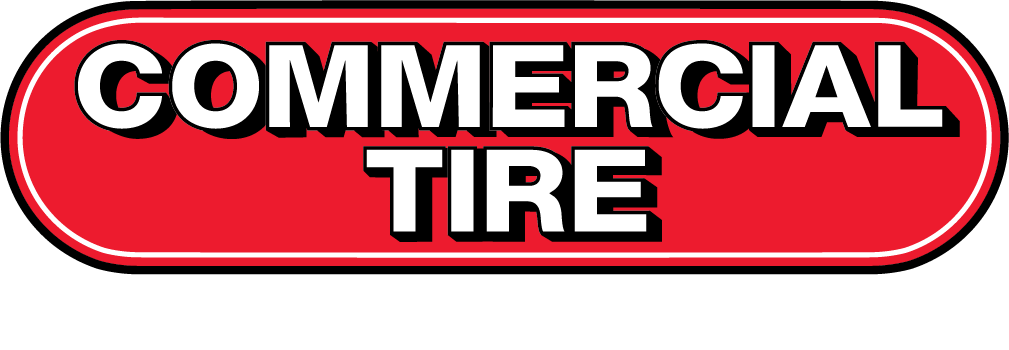Keeping your car in tip top shape not only means doing routine maintenance and services, but also knowing when it’s time to invest in new tires. Bald or worn-out tires can lead to several vehicle issues, impacting alignment, brakes, and even overall performance. Understanding these effects is crucial, as outlined in our discussion on how tires can affect a car’s performance. Furthermore, the condition of your tire tread is integral to maintaining safe stopping distances, a topic we explore in depth in our article on how tire tread affects stopping distance.
Much like shoes on our feet, knowing the right tire size for your vehicle is just as important as knowing what type of tires you want for the conditions you’ll be driving in. With that said, you’re probably asking, ‘Well, how do I tell tire size?’
You can find the correct tire size by looking for its code sequence on the tire’s sidewall, your driver’s side door jamb, or the inside of your glove box. While finding it might be half the battle, learning what every letter and number means could be just as easy with this tire sizing guide.
Still having trouble finding the right tire size for your vehicle? Visit or call your local Commercial Tire and a technician can give you all the info you need.
Your Tire’s Code Sequence

TIRE TYPE
At the beginning of your tire’s code, you will see a letter that classifies what metric your tire falls into.
“P”, short of “P-metric”, is found on tires for passenger vehicles like cars, minivans, and SUVs.
“LT”, short for “LT-metric”, are found on tires for light trucks or SUVs. These tires will be capable of carrying heavy cargo or pulling trailers.
“ST”, stands for “Special Tire” and are only for trailers.
“T”, stands for “Temporary” for your spare tires.
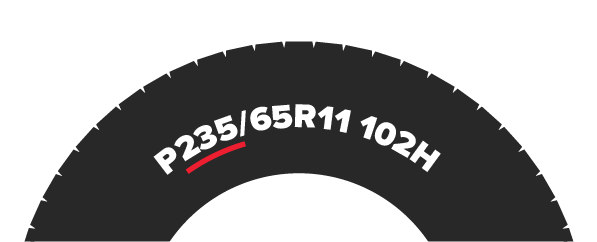
TIRE WIDTH
The first three-digit number is the tire width measurement in millimeters from one sidewall to another.

ASPECT RATIO
The aspect ratio is the two-digit number after the slash in the code. It’s expressed as a percentage and identifies the tire’s profile. The percentage is the tire’s height off the rim with its width.
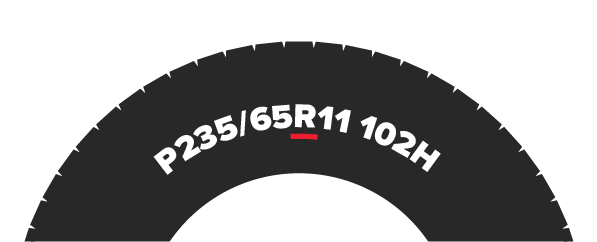
CONSTRUCTION
After the Aspect Ratio, is a letter that indicates the type of internal construction maintaining your tires stability. The “R” stands for “Radial” where the tires have layers that run radially across the tire with strong cords made of a polyester blend, steel, and fabric coated with rubber.
Other letters you might find are “D”, which signifies a “Diagonal” construction, and “RF” which signifies a self-supporting “Run Flat” construction.

WHEEL DIAMETER
Wheel diameter is a two-digit number that tells you the inch measurement of the wheel size from one end to the other. This indicates how the wheel and the tire fit together.
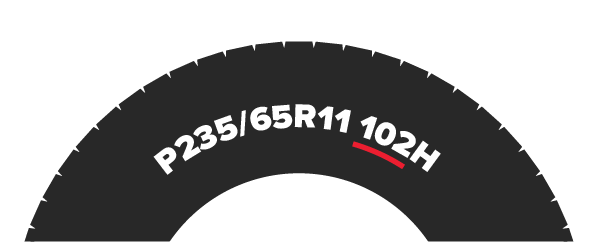
LOAD INDEX
The Tire Load Index can be a two- or three-digit number that indicates, in pounds, how much weight your tire can support when it’s properly inflated.
Since the load index is not required by law, some tires might not have a load index. If your does not have one, you can reference your owner’s manual or talk with a Commercial Tire Technician for more information.
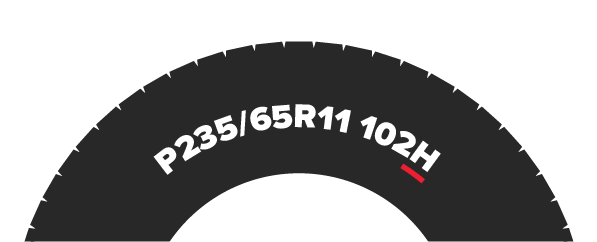
SPEED RATING
The letter at the end of your tire code sequence corresponds with the maximum speed that your tires can withstand.
S: 112 mph
T: 118 mph
U: 124 mph
H: 130 mph
V: 149 mph
W: 168 mph
Y: 186 mph
ZR: 186+ mph
*These are not cruising speeds.
GET ADVICE
Buying new tires is an investment, and it’s essential to choose the right ones for your vehicle. If you have questions about how to read tire size or want to explore your tire options, visit or call your local Commercial Tire to talk with an experienced technician. Our experts can help determine the best performance tires for your vehicle, ensuring a perfect fit and optimal performance. Explore select tread designs from Bridgestone, Firestone, Milestar (Patagonia), Westlake, and Coopers available in-store. From tire alignments to repairs, our tire services have you covered. For a deeper understanding of tire suitability for different conditions, consider learning more about the different types of tires. Additionally, understanding tire wear patterns can help you recognize when it’s time for more than just an alignment or repair, ensuring your driving safety.
